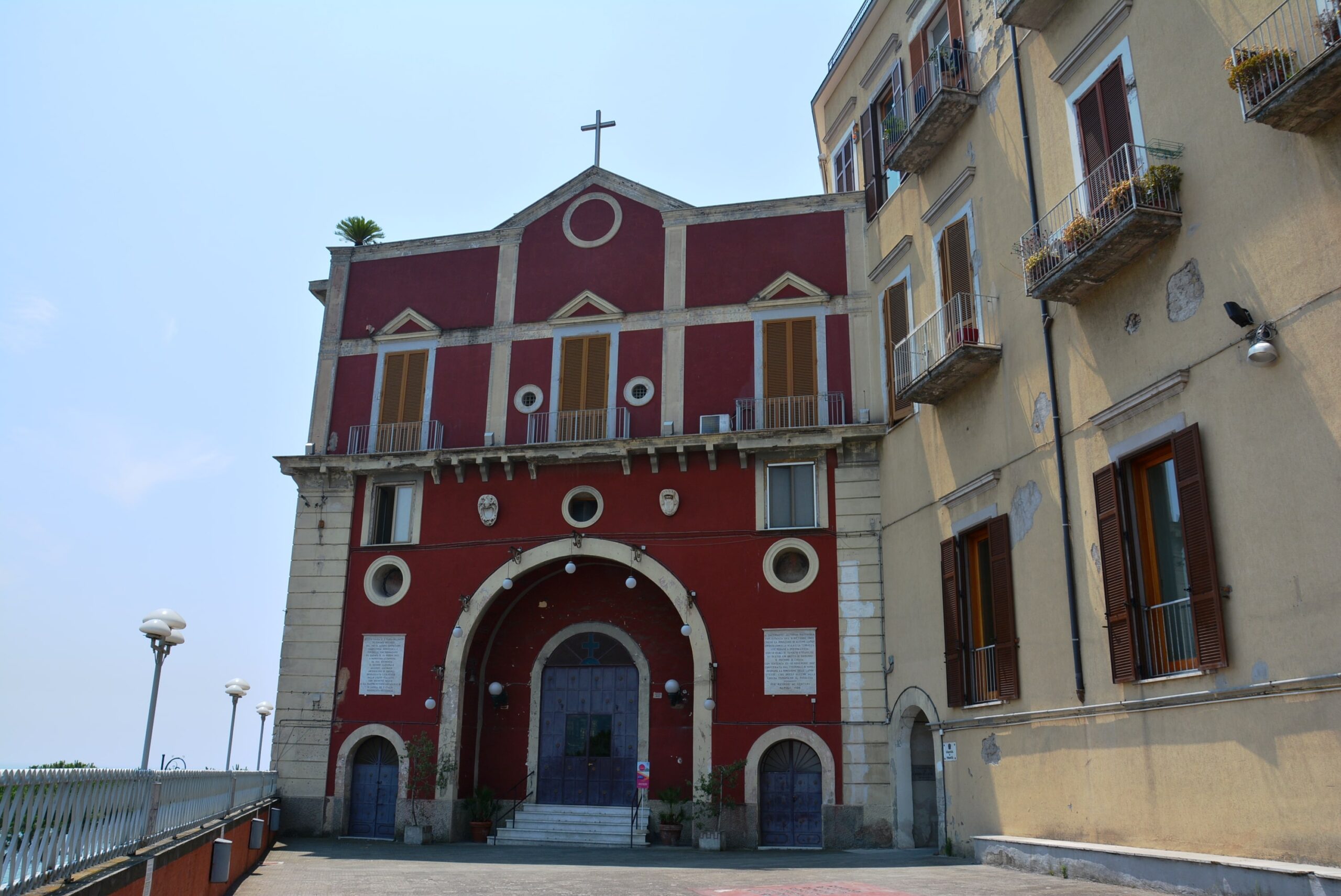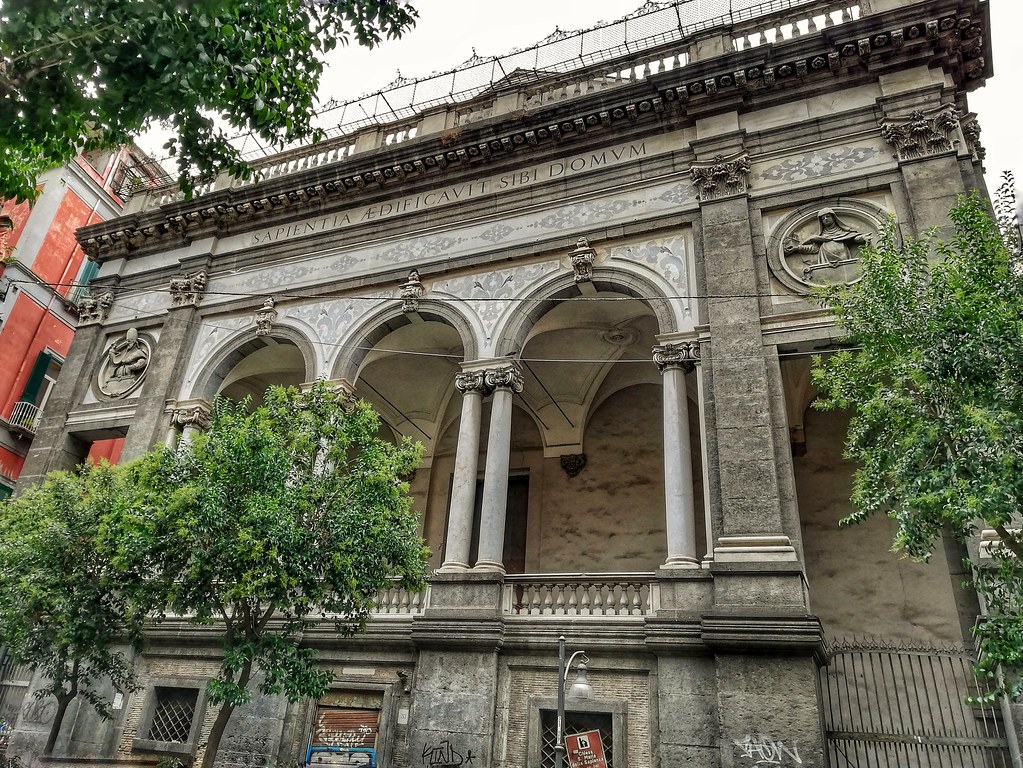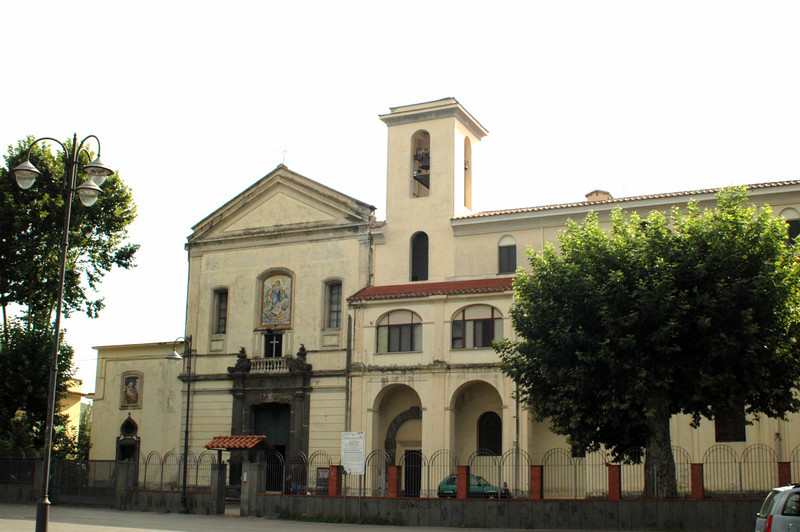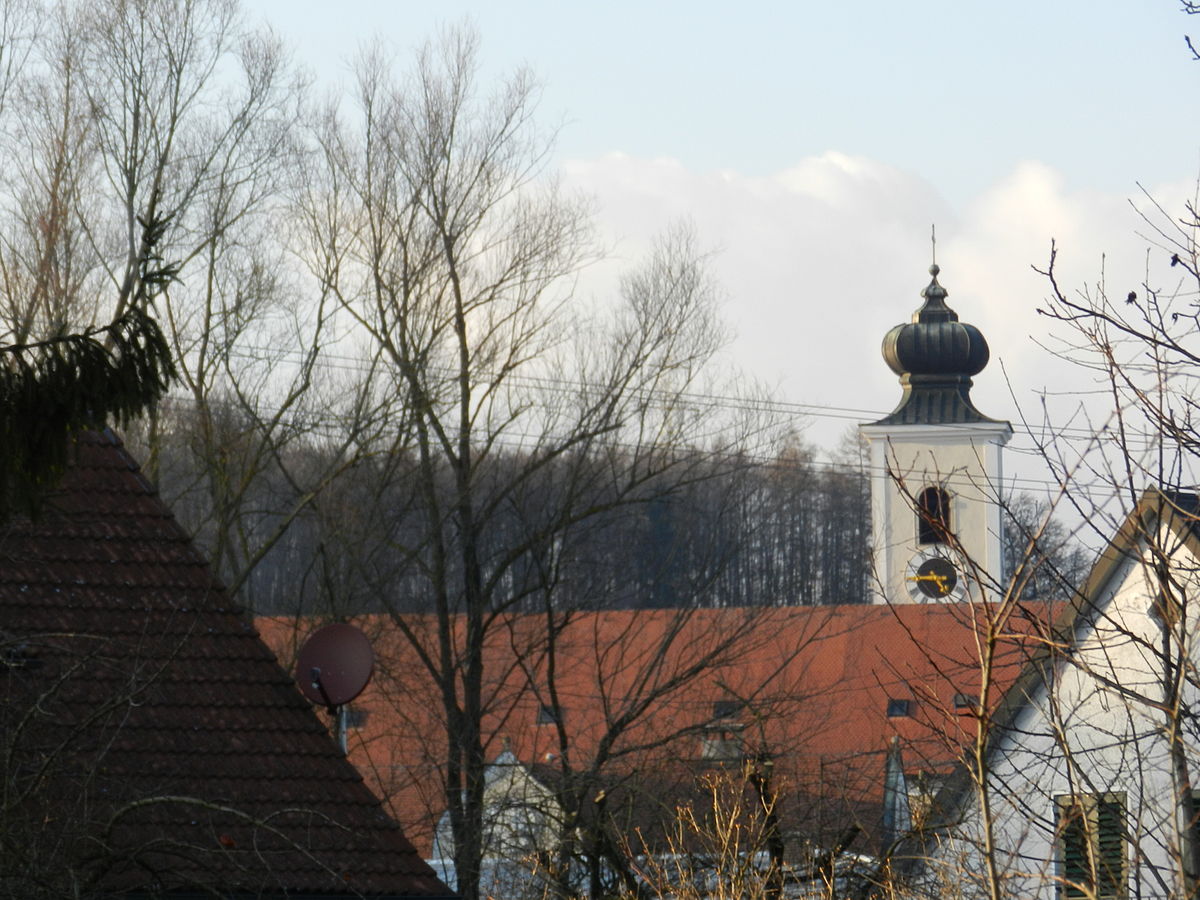The Church of Christ, long known as the Old North, has deep roots in north Boston. Although the history of the Old North is now considered a symbol of patriotic defiance, it reflects the deep divisions between the Friends of Government and the Sons of Liberty in revolutionary Boston.
The Old North, built in 1723, was more an Anglican church or official church of England than a denominational or Puritan church. Although the Charter of 1692 called for greater religious tolerance in Massachusetts, many Bostonians still feared the influence of the official Church of England. Nevertheless, many wealthy merchants, civil servants, and skilled tradesmen were attracted to the Old North. The stained glass windows, expensive pews and Georgian architecture offered a striking contrast to the simplicity of parish churches such as the Old South Meeting House.
Although Old North is an Anglican church, it differs from other Church of England parishes in New England. While many Anglican churches were considered to be Tory or Loyalist churches, the Church of Christ was divided. Political and financial conflicts tormented the church so much that on April 18, 1775, the church’s pastor and Loyalist singer, the Reverend Mather Byles Jr., resigned. That same night, the church’s sacristan, Robert Newman, and a vestrmano (lay leader) of the church, John Pulling, entered the sanctuary to help the patriotic cause.
According to an account by Paul Revere, on the night of April 18, 1775, he called a friend and asked him to give the signals. This friend was John Pulling, and Pulling, with the help of Robert Newman, secretly answered Revere’s request. The signal had been arranged a few days before: one lantern when regular British troops were marching overland from Boston, two when they were leaving by boat on the river. Revere himself did not wait for this signal. He arranged the signal because it would be the fastest and most reliable way to send a warning outside of Boston. After consulting with Pulling, Revere still had to stop at his home, get in a boat and be carefully rowed in front of a British warship to Charlestown. There were many occasions when Revere could have been arrested or detained before he even got on a horse.
After the lanterns were briefly hung, Pulling fled Boston to avoid arrest. Newman, who lived with his mother, had British soldiers as boarders in his home. Newman had to climb through his bedroom window to avoid being discovered. The next day, Newman was arrested and interrogated, but was eventually released. At the end of that same day, on the 19th













